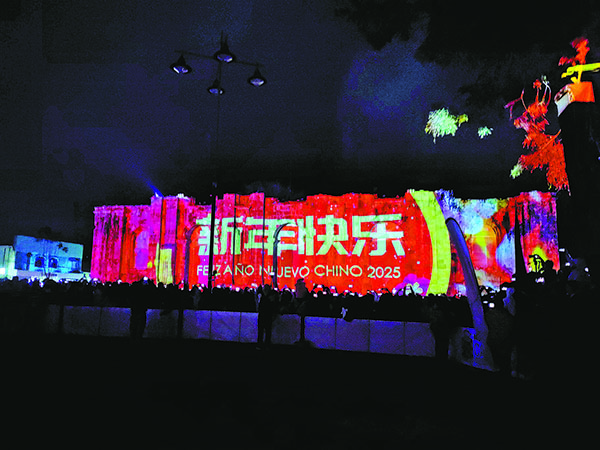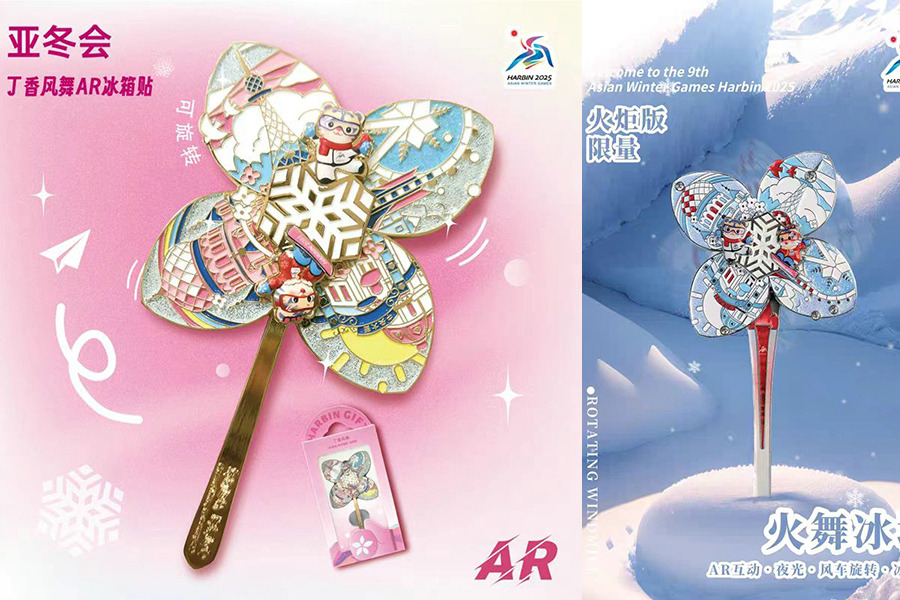Going back to her roots


Preserving customs
The University of Costa Rica also hosts the first Confucius Institute in Central America. It is one of more than 40 across Latin America.
These links help support the more personal initiatives to preserve Chinese customs, cuisine and values.
One of the most visible ways in which Chinese culture is preserved and adapted is through food.
Over the years, Chinese dishes have been reimagined to account for local conditions and ingredients.
One such Costa Rican-inspired Chinese dish is zongzi, which is similar to tamales and is often made during Christmas.
Chi remembers eating zongzi, or dumplings, during the holidays alongside traditional dishes like duck. Her family also maintains other traditions, like distributing hongbao, or red envelopes, during the Chinese New Year, along with beliefs and customs about keeping a clean house or hair washing to mark the New Year.
"The importance of family and a special affection and respect for elders in my family also stems from Chinese culture," said Chi.
However, some traditions have faded over the years, and this is particularly noticeable among the third generation of her family.
More than showing lost customs, Chi said her film also explores some stereotypes such as the belief that "chop suey", a dish with stir-fried vegetables and meat, is a Chinese dish (it was invented in the US by immigrants), mispronouncing the letter "r" when speaking Spanish.
"This is why I decided to create an intimate portrait, putting myself in the center of the story, and the experience of my family in Costa Rica. For me, it is vital to present more dimensions than the stereotypes we are known for," said Chi.
The writer is a freelance journalist for China Daily.




































